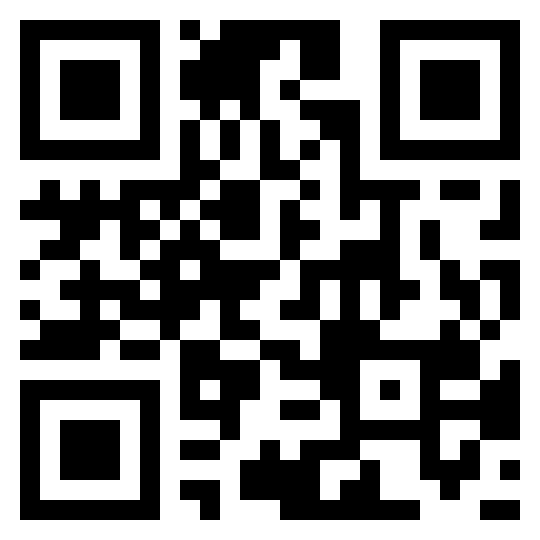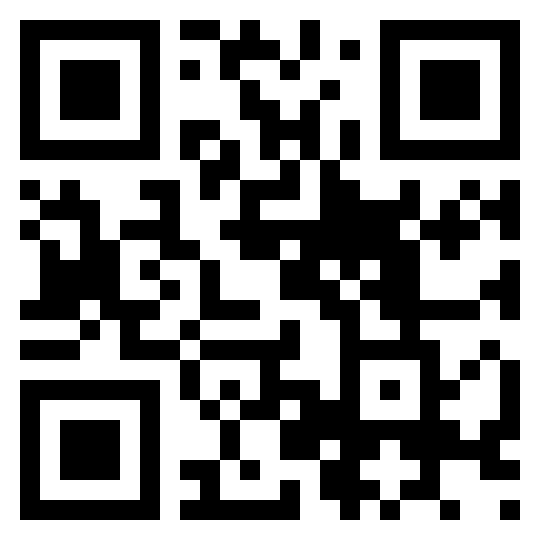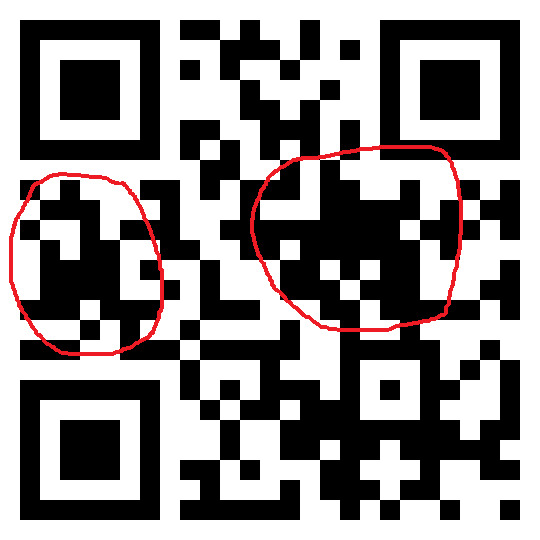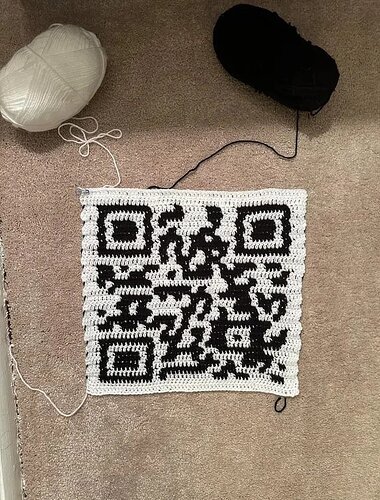Hi All!
First off, a disclaimer:
-
I’m nuts and officially have no idea what I am doing, but casually I am smart enough to be dangerous.
-
I am not suggesting anyone try this themselves unless they are confident they also know enough to be dangerous. Basically, you do you, boo.
-
I am not looking for medical advice and don’t believe it would be helpful for this topic anyhow.
To sum it up, what I would like to discuss with everyone is what you think is the best way to permanently tattoo a QR-code or similar scannable code to yourself? How much do you think scaling will matter? What about encoding - is there a format or encoding method that will work best long term?
The reason I ask is because this is something I have been intermittently researching for the past year. I think that the information available is too scarce to derive a concrete plan, and I wanted to see what the general tech community thought of this. To some people, it’s exceptionally important to consider the ramifications of a permanent change to your body. I certainly agree with this idea and therefore think it’s also important to get others’ input on things like this as a sanity check.
Now, here is some of the research I have done, and I am curious if anyone see’s problems with it, or has better ideas that could improve my thinking.
-
# 1 For a QR code to be readable, it needs to be big enough.
-
Big enough that tattoo blowout (ink bleeding outside original line) over time will not make the code unusable, or at least increasing the longevity by making key elements larger.
-
Small enough it fits in the part of the body desired, and such that natural curves in the area of the body don’t make the code unusable by warping it.
-
This is a major consideration. Because the scale of a tattoo has a major impact on it’s look and fitment. I obviously don’t want something so large its distracting, but definitely not so small it only works for 5 years. There’s a fine balance to find here and I am not sure what other things I can do to test it from what I’ve done already. I did so by printing out many different sizes of the same QR code on temporary tattoo paper. I found even with these temporary tattoos, the code was unreliable, and fitment of it to a less-curvy part of the body is important. It worked best on my forearm - which I think is a pretty ideal place for this tattoo both functionally and aesthetically.
-
#2: The code’s encoding needs to have some amount of resilient properties.
-
To enhance the scanability of the code, it needs to be resistant to changes in skin color, stretching, curves, and damage.
-
QR codes have error-correction built-in, but with higher levels, the code gets more dense.
-
Check out these codes. Each one has 1 higher level of error-correction from the previous.
Notice how the more error-correction added the code gets more and more dense with pixels. When the pixel density is high, then you need more detail for a camera to successfully scan. The key here is to find a balance where the code is less dense so less resolution is needed for it to be useful. Imagine printing two QR codes on a piece of paper. One is half the size of the paper, the other is 1/8 size of the paper. Now, think what happens when you spill water on the paper. After the ink begins to bleed, which code would be most likely to be scannable? Probably the larger one right? This is just one aspect of my thought process. Another would be about how the level of error-correction you choose can change the patterns significantly.
I think that the patterns generated on the code could be useful in deciding which level of error correction to go with. For example, lets ignore the density of the code for a second to analyze the patterns generated within. Looking at the level 2 code we can see two denser areas of pixels.
These areas would probably be helpful in maintaining resiliency of the code by way of reducing the number of edges. By reducing edge count, we can help prevent ink blowout from causing loss of detail. How much do you think this could help? Do you think I am on the right track of thinking here?
Of course, I can’t forget the importance of pixel density being low, but I think this is certainly something to consider.
-
#3: The domain in which the code points to must be reliable.
-
This has a couple things to consider:
-
The website it points to must have high uptime. Ideally 100%, obviously.
-
The domain the website is on, needs to be short to keep the code less dense. Less characters, less squares.
- https://Facebook.com - bad https://fce.bk - good!
-
The domain ideally (really important, I think) should be 100% owned by the tattoo owner.
-
-
So all of this is pretty important. Any single one of these points could cause the code to be unusable. And such could occur without warning. What happens if the link goes dead after some period? What if the website goes down? What about if the website’s domain ceases to exist? You probably wouldn’t want a tattoo that points to a broad domain such as youtube.com. What’s the point in that? You would probably want to point at something specific from that site by capturing the whole URL to the item like: https://www.youtube.com/watch?v=dQw4w9WgXcQ
But now ask the question of, what if “/watch?v=dQw4w9WgXcQ” stops existing? Or what if someone buys youtube.com and shuts everything down? Now you have some meaningless ink on your body.
So this is why I purchased my own domain with as short of a URL as possible. This gives me a couple of advantages too:
-
I host the domain wherever and however I want. I own the DNS records, I can move them how I please.
- If my hosting provider stops existing, I just move my DNS servers somewhere else.
-
I choose how the website runs, so I can redirect the content wherever.
- This means I’m not stuck with only one thing. I can make my tattoo appear to be linked to whatever I like at any time.
-
I am not at risk to lose access to my tattoo simply because the website I chose stopped existing.
-
If I have my website pointed to facebook.com and facebook.com stopped existing, guess what? I’ll just change the URL to something else.
-
Someone could try and steal my domain name, but hopefully that won’t happen… hopefully.
-
-
The URL only needs to be long enough to complete the domain name.
-
I don’t need a appending slash to complete the request. I can let them go to the home page, or automatically redirect them.
-
I can even omit the “s” in https and have the site automatically redirect to https in order to save a character in the code.
- It’s possible a small change like this could produce more desirable patterns with the error correction, too.
-
So that’s about it. I am still researching this and ensuring I am crossing my t’s before I go through with it. I have lots of temporary tattoo paper and I want to continue testing with it until I am satisfied it will work long term. Once I find a size and pattern that is acceptable, I will print out more copies that are more and more blurry. To somewhat gauge how much my skin can degrade the ink before It stops working. My current tattoos don’t blowout too much, so I think I have that working on my side.
What does everyone think? I know this is crazy, but I feel like this is a better approach to what some kids are doing by tattooing the spotify code to their favorite album on themselves. What happens when Spotify gets bought by iTunes? Or that album gets moved? Silly, I think.







